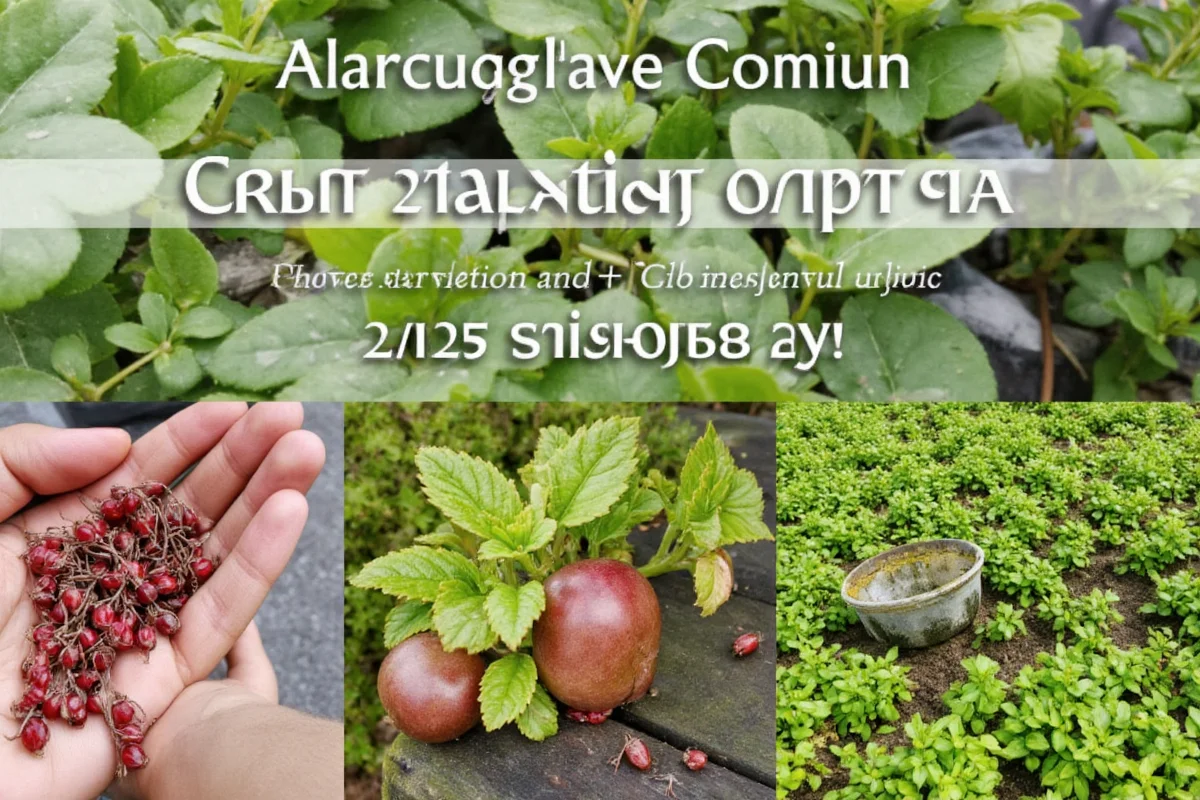Haworthia retusa is a captivating succulent variety known for its unique appearance and ease of care, making it a beloved choice among both novice and seasoned plant enthusiasts. This introduction aims to provide comprehensive insights into growing, caring for, and appreciating haworthia retusa, from its physical characteristics to its growing conditions and more.
Understanding Haworthia Retusa
- Haworthia retusa is a member of the Asphodelaceae family, native to South Africa.
- This succulent is distinguished by its rosette shape, comprising thick, triangular leaves that are often translucent at the tips.
- The name "retusa" refers to the leaf's distinctive pointed and sometimes slightly concave or "retuse" tips.
- Its color ranges from bright green to dark green, sometimes exhibiting attractive mottled patterns or stripes.
- This species is closely related to other Haworthias but can be differentiated by its specific leaf markings and size.
Not only does Haworthia retusa stand out due to its unique appearance, but its adaptability and resilience make it a popular choice among plant collectors and gardeners. Understanding this plant is crucial for providing proper care and ensuring its healthy growth.
Optimal Growing Conditions
- Haworthia retusa thrives in well-draining soil, typically a cactus or succulent potting mix with adequate moisture control.
- In terms of temperature, it prefers a moderate climate, generally between 60°F to 80°F (15°C to 27°C).
- While it tolerates a bit of shade, it benefits from bright, indirect sunlight, which accentuates its leaf patterns.
- Avoid direct sun exposure, especially in hot summer months, to prevent leaf burn.
- Indoor cultivation is feasible with the right lighting conditions, making it a versatile plant for various environments.
These optimal growing conditions reflect Haworthia retusa's native habitat and ensure the plant remains healthy and visually appealing, adapting well to both indoor and outdoor settings.
Watering and Feeding
- Haworthia retusa requires careful watering practices, typically allowing the soil to dry out completely between waterings.
- Overwatering should be avoided as it can lead to root rot, a common issue with succulent plants.
- During active growth phases in spring and summer, slightly increase the frequency, reducing it in fall and winter.
- Feeding should be minimal; a diluted cactus fertilizer during the growing season suffices.
- Potted plants may require more regular attention compared to those planted in the ground.
Adhering to specific watering and feeding guidelines helps in maintaining the health and thriving state of Haworthia retusa, balancing its need for water with moisture retention capabilities.
Propagation Techniques
- Propagation of Haworthia retusa is achieved through two primary methods: leaf cuttings and offsets.
- Offsets are miniatures of the parent plant that grow naturally at its base; these can be gently removed and replanted.
- For leaf cuttings, select healthy leaves, allow them to callus, and place them on well-draining soil until new growth appears.
- Maintain humidity and warmth post-propagation to encourage root development.
- Both methods benefit from regular monitoring, ensuring new plants establish effectively before extensive handling or transplantation.
These propagation techniques empower gardeners to expand their collection and share Haworthia retusa with fellow plant lovers, ensuring its captivating features continue to delight and intrigue.
Common Pests and Problems
- Although Haworthia retusa is relatively pest-resistant, common issues include mealybugs, spider mites, and scale insects.
- Regular inspection and immediate action using neem oil or insecticidal soap can mitigate pest infestations.
- Root rot remains the most significant challenge, generally resulting from overwatering.
- Fungal infections may arise in overly humid conditions and are managed by adjusting watering practices and soil aeration.
- Proper care and environmental settings vastly reduce these complications, keeping the succulent robust and vibrant.
By recognizing and addressing these common difficulties, gardeners ensure the longevity and aesthetic charm of Haworthia retusa, contributing to its continued popularity and success in cultivation.
In conclusion, Haworthia retusa is an enchanting plant that captivates with its aesthetic appeal and adaptable nature. With the appropriate care, understanding of its requirements, and knowledge of propagation techniques, this succulent can thrive and bring beauty to any plant collection. Whether grown as a single specimen or part of a larger succulent ensemble, Haworthia retusa is sure to impress with its resilience and striking appearance.











 浙公网安备
33010002000092号
浙公网安备
33010002000092号 浙B2-20120091-4
浙B2-20120091-4